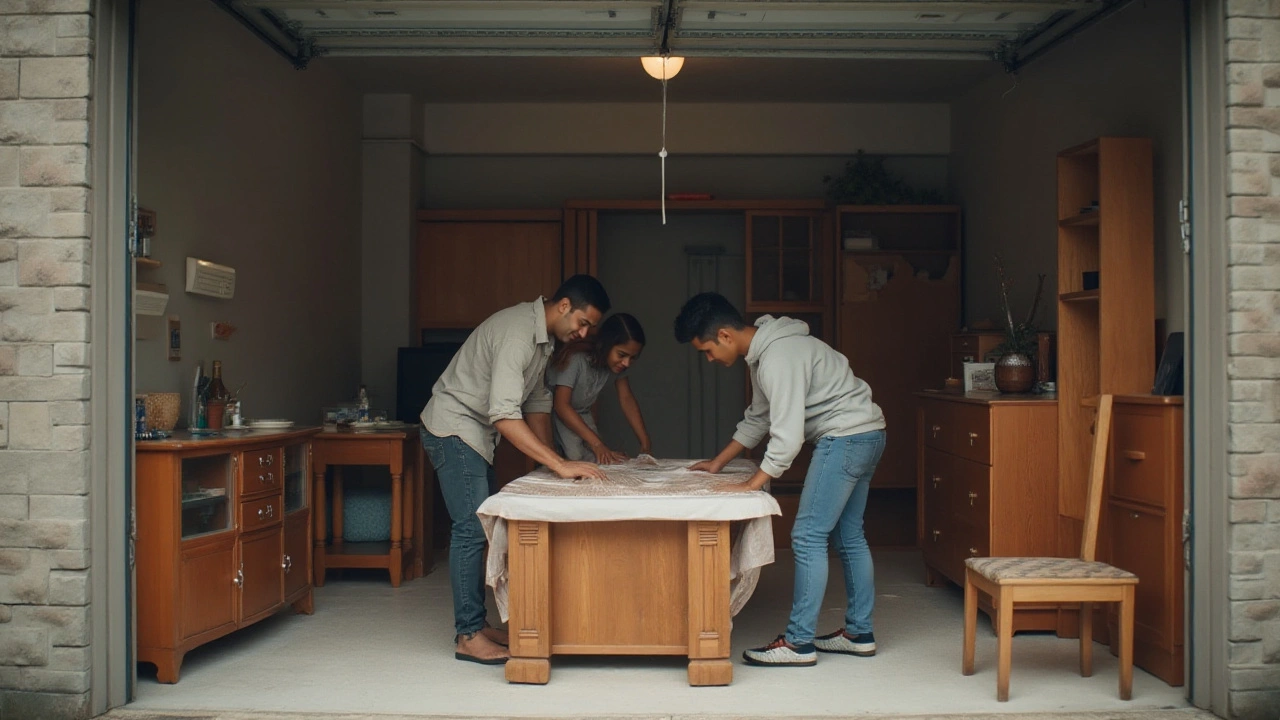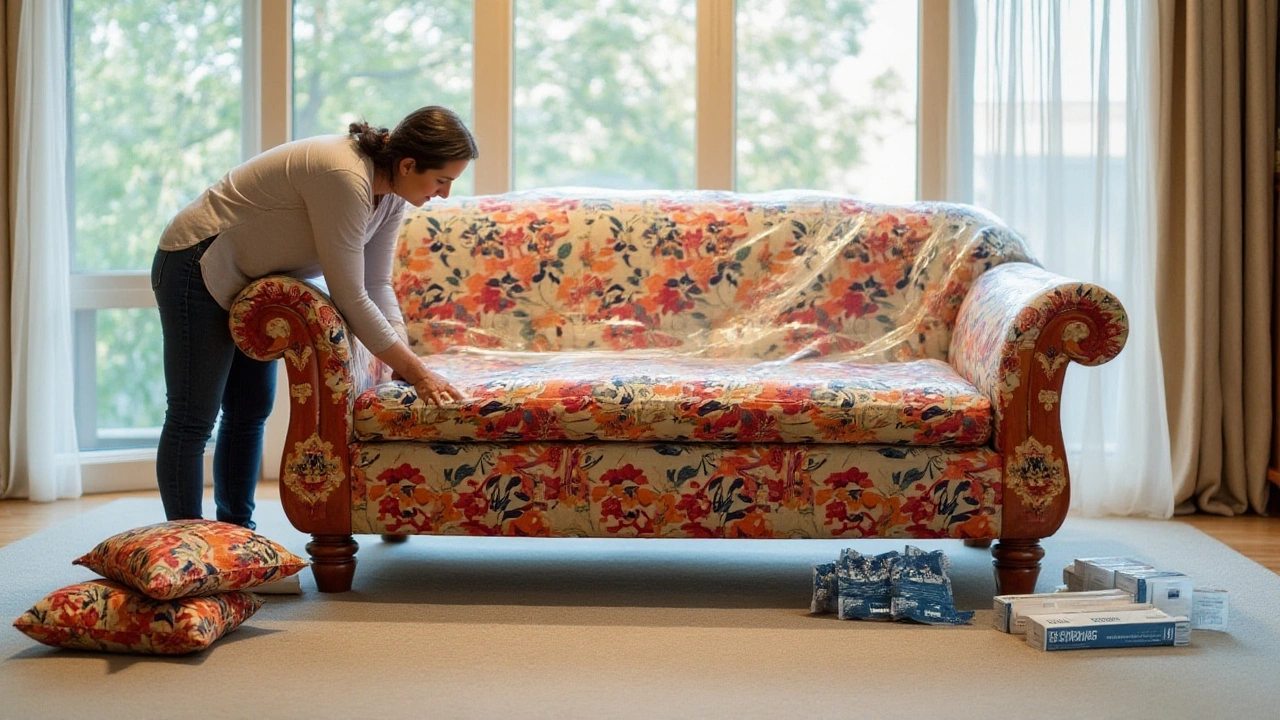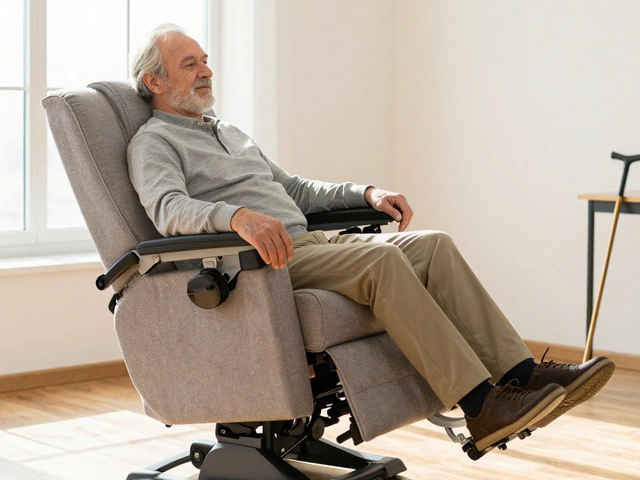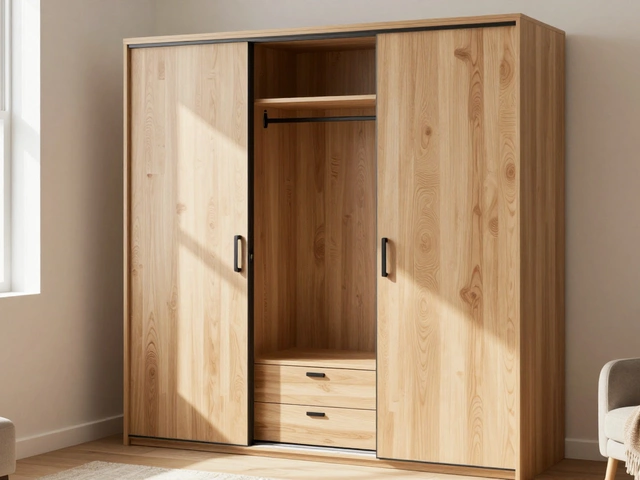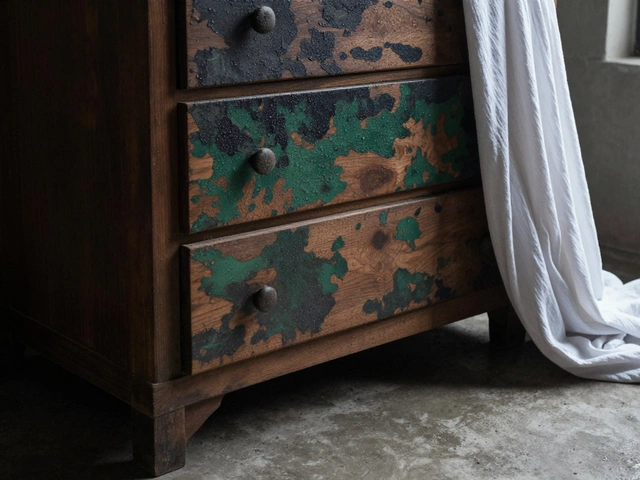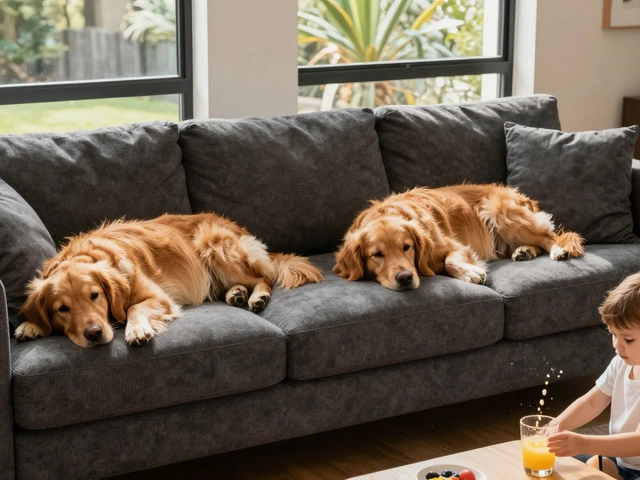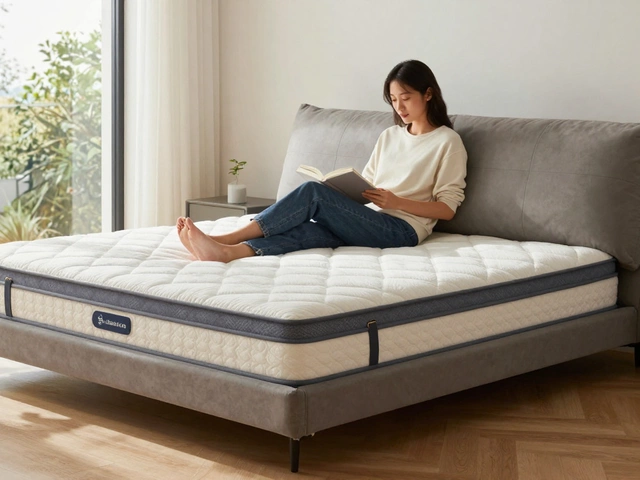Home Storage Made Simple: Protect Your Furniture and Save Space
Got a couch you need to stash for a few months? Or a dining table waiting for the right season? Storing furniture doesn’t have to be a nightmare. In this guide, I’ll show you easy steps to keep your pieces safe and your home tidy.
Choosing the Right Storage Unit
The first decision is the size of the unit. Measure your largest item – usually a sofa or a mattress – and add a few inches on each side for breathing room. A 10x10 unit fits a standard couch, but a 5x5 is fine for a few chairs and a coffee table.
Look for climate‑controlled units if you live in a humid area. Moisture can damage wood, fabric, and metal. Many facilities offer both climate‑controlled and regular units, so pick the one that matches your furniture’s needs.
Location matters, too. A unit close to your home saves trips, but a slightly farther spot often costs less. Balance price with convenience based on how often you’ll need to access your stuff.
Protecting Furniture While in Storage
Wrap each piece in moving blankets or thick plastic covers. Blankets cushion against bumps, while plastic keeps dust and moisture out. Secure the wrap with packing tape – but don’t tape directly to the furniture’s surface.
Disassemble what you can. Take off legs from tables and remove cushions from sofas. Smaller parts pack tighter and reduce the chance of breaking during handling.Use sturdy cardboard sheets between stacked items. This prevents scratches and keeps weight distributed evenly. If you’re stacking a mattress on top of a sofa, place a plywood board underneath the mattress for extra support.
Label every box and piece clearly. A simple “couch – front left leg removed” note saves time when you unload. It also helps the storage staff handle items correctly.
Keep a small “first‑day” kit inside the unit: a few trash bags, a broom, and a damp cloth. If you discover dust or a small leak, you can clean up right away without dragging the whole unit out.
Finally, check the unit’s floor condition. Look for cracks or water stains before you move anything in. A dry, level floor protects legs and prevents accidents.
Storing furniture gets easier when you plan ahead. Measure, choose the right climate, wrap well, and label clearly. Follow these steps and your couch, table, or any other piece will come out as good as new when you need it again.
Storing Furniture in a Cold Garage: Essential Tips and Tricks
Storing furniture in a cold garage can be quite challenging if not done properly. Fluctuations in temperature and moisture can significantly impact the integrity of furniture materials. Whether you're dealing with wood, metal, or fabric, understanding how these elements react to the cold is crucial. With the right precautions, you can protect your belongings and make the most of your garage space.
Effective Techniques to Cover a Sofa for Storage
Storing a sofa requires more than just tucking it away in a corner. Ensuring its protection involves choosing the right materials, prepping the sofa correctly, and controlling its environment. Learn how to safeguard your sofa from dust, moisture, and pests during storage with expert tips and techniques. From selecting covers to optimizing storage space, discover practical methods to keep your sofa in top condition for future use.
